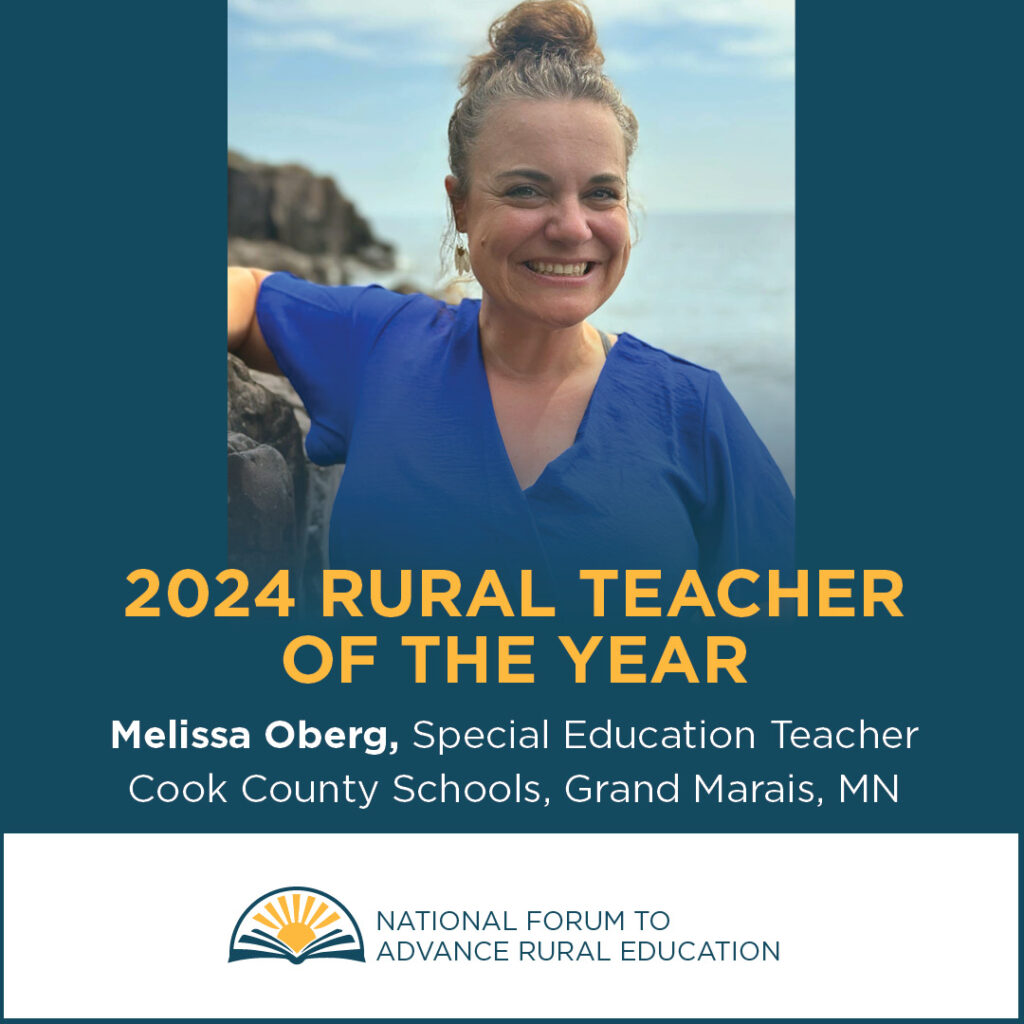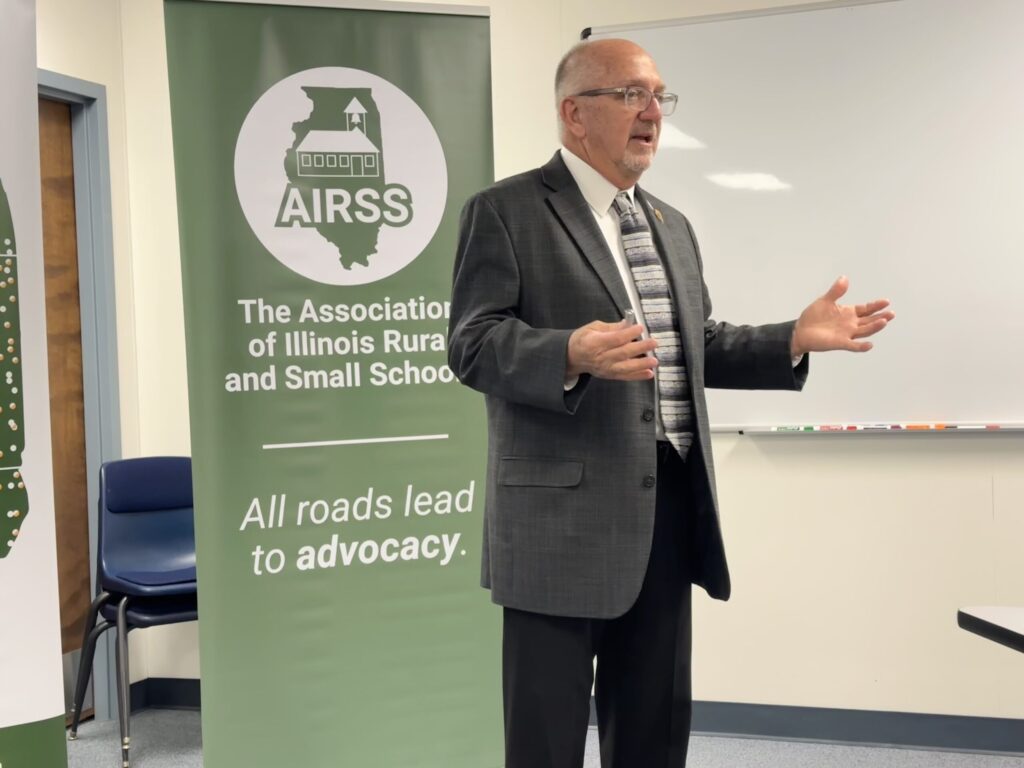TUCSON, AZ –The National Rural Education Association (NREA) is proud to launch the 2025 Why Rural Matters report, a project with a more than 20-year history of shaping the conversation about rural education. First conceptualized by the Rural Schools and Community Trust, the report has evolved into a vital resource for policymakers, educators, and communities.
The Why Rural Matters Report is published to examine how educational supports and resources for student well-being are being distributed, casting light on which rural children are most in need of additional support. The report provides a state-by-state look at a range of factors that affect rural students’ education.
“The data in Why Rural Matters 2025 tell a clear story: rural schools are leading with creativity and resolve, even amid significant challenges,” said Dr. Melissa Sadorf, Executive Director of the NREA. “Our task now is to use this information to drive collective action that ensures every rural student has the opportunity to flourish.”
Why Rural Matters 2025, the 11th in the series, is being released during a period of significant change across the nation and the world. Many of these shifts influence rural education in the United States. The 2025 report highlights key trends and conditions as a foundation for discussion and action on issues affecting nearly 10 million students across the U.S.
“Rural schools educate nearly one in five students in the United States,” said Jerry Johnson, EdD, researcher and co-author of Why Rural Matters 2025. “Our findings show both extraordinary strengths and persistent inequities that demand immediate policy attention.”
The 2025 Report was released today at the National Forum to Advance Rural Education (NFARE), and the digital version is now available on NREA’s website.
Key findings for the 2025 Report Include:
- Changes in How Rural is Defined and Calculated, and Perhaps Other Reasons, Mean that States Will Have to Adjust Policy and Resources
- Data from Bureau of Indian Education Schools Demonstrate Dire Needs and Challenges
- The Rural Population Across the United States is Racially, Ethnically, and Linguistically Diverse
- Students in Rural Areas Have Fewer Health Care Supports than their Peers Across the United States
- Lower Mobility and Housing Insecurity Reflect Rural Community Resilience
- NAEP Scores Highlight Rural Successes Amidst Continuing Challenges
Data Regarding Challenges Faced by Rural Students:
- 1 in 7 rural students experiences poverty
- 1 in 15 is uninsured
- 1 in 10 doesn’t graduate from high school
- 1 in 13 has changed residence in the previous 12 months
The Five Gauges for Why Rural Matters 2025:
Each edition of the Report includes relevant gauges for determining the need of each state. The Five Gauges for 2025 are as follows, along with the highest-ranking states for each Gauge.
- Rural Education Footprint Gauge: Montana, Bureau of Indian Education, South Dakota, Oklahoma, North Dakota, Maine, Nebraska, Vermont, Alaska, and Kansas
- Student and Family Characteristics Gauge: New Mexico, Florida, Arizona, Oklahoma, South Carolina, North Carolina, Texas, Arkansas, Alaska, and California
- Educational Policy Context Gauge: Illinois, Missouri, Florida, West Virginia, Mississippi, Virginia, Indiana, Wisconsin, Arizona, and Pennsylvania
- Educational Outcomes Gauge: Bureau of Indian Education, New Mexico, Nevada, Washington, Oregon, Delaware, California, Oklahoma, New York, and Maine
- Access to Supports for Well-Being Gauge: Nevada, Idaho, Florida, Texas, Indiana, Missouri, California, Arizona, Oklahoma, and Utah
Top 10 Highest-Priority States in Rural Education:
- Oklahoma
- Arizona
- Mississippi
- Florida
- Idaho
- New Mexico
- Missouri
- South Carolina
- South Dakota
- Montana
Additional State Highlights:
- Our “Leading” category and the top 10 priority states have been relatively stable across reports despite changes in more than half of the indicators over the two decades of publication. Why Rural Matters 2025’s top 10 states of concern include two states new to the top 10: Idaho (rank 5) and Montana (rank 10). Both Idaho and Florida (rank 4) are new to the top 5. Only Oklahoma (rank 1) and Mississippi (rank 3) have been in the top 10 across every Why Rural Matters report.
- While no state ranks among the highest-priority states on all five of our gauges, Arizona and Oklahoma are among the highest-priority states on four of the five gauges. Five states—California, Florida, Missouri, Mississippi, New Mexico—are ranked among the highest priority on three gauges.
- Importantly, 36 states and BIE schools are among the highest priority on at least one gauge, showing that nearly every state has rural education issues that need to be addressed.
- California, Idaho, and Montana saw the priority rankings rise substantially for the report, showing new urgency for attention to rural education issues. Alabama saw the biggest drop in priority rankings, moving from 2 to 29. Louisiana dropped 19 positions to 25, but still ranks in the second-highest overall priority category, highlighting the ongoing need for increased support of its rural students.
–
The National Rural Education Association (NREA) was originally founded as the Department of Rural Education in 1907. It is the oldest established national organization in the United States. Through the years, it has evolved as a strong and respected organization of rural school administrators, teachers, board members, regional service agency personnel, researchers, business and industry representatives, and others interested in maintaining the vitality of rural school systems across the country.




